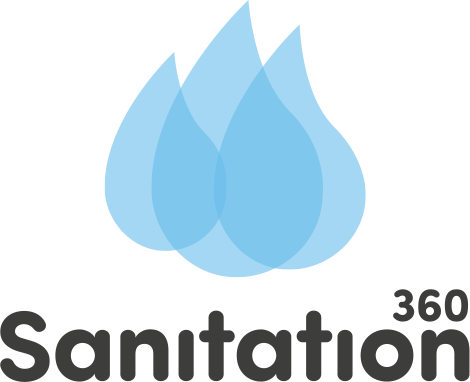Article in Nature
A dream come true! You can now read about our work on Gotland, as well as about many other important pee-recycling projects, in one of our favourite research journals, Nature.
Unfortunately, not everyone can access the article. Therefore, we thought we’d share some of our favourite quotes from the article that freelance journalist, Chelsea Wald, has so beautifully written:
_________________________________________________________________________________________
“The aim is to provide a model that regions around the world could follow. “The ambition is that everyone, everywhere, does this practice.” (Quote said by Prithvi Simha)
“Using a process that the researchers developed, they are drying the urine into concrete-like chunks that they hammer into a powder and press into fertilizer pellets that fit into standard farming equipment. A local farmer uses the fertilizer to grow barley that will go to a brewery to make ale — which, after consumption, could enter the cycle all over again.”
“According to proponents of urine diversion, it could see uses in sites from temporary military outposts to refugee encampments, rich urban centres and sprawling slums.”
“They projected that communities with urine diversion could lower their overall greenhouse-gas emissions by up to 47%, energy consumption by up to 41%, freshwater use by about half, and nutrient pollution from the wastewater by up to 64%, depending on the technologies used.” – referring to research done by Hilton et al. (2021)
“According to Simha’s estimates, humans produce enough urine to replace about one-quarter of current nitrogen and phosphorus fertilizers worldwide; it also contains potassium and many micronutrients. On top of that, not flushing urine down the drain could save vast amounts of water and reduce some of the strain on ageing and overloaded sewer systems.”
“The SLU team doing the project on Gotland island, led by environmental engineer Björn Vinnerås, has worked out how to dry urine into a solid urea mixed with the other nutrients. The team is evaluating its latest prototype, a self-contained toilet including a built-in dryer, at the head office of the Swedish public water and wastewater utility VA SYD in Malmö.”
“A study of urban waste water globally suggests it holds enough nitrogen, phosphorus and potassium to oset more than 13% of the agricultural fertilizer demand. The value of those recovered nutrients would equal US$13.6 billion annually.”
References:
Hilton, S. P., Keoleian, G. A., Daigger, G. T., Zhou, B., & Love, N. G. (2021). Life Cycle Assessment of Urine Diversion and Conversion to Fertilizer Products at the City Scale. Environmental Science & Technology, 55(1), 593–603. https://doi.org/10.1021/acs.est.0c04195

 Georg Mayer
Georg Mayer

